Garden Show
The Northwest Flower and Garden Show in Seattle is one of the premier garden shows in the world. Every February thousands of gardeners descend on the Washington State Convention Center to find inspiration in the show gardens and purchase plants and other garden stuff from the rows of vendors.
The show is under new management this year, but walking around the exhibit area the feeling is the same as in previous years — a gardener’s delight. If I counted correctly there are 23 show gardens for 2010 and I think they’re all in the video.
Several show gardens used our northwest native Beach Strawberry, Fragaria chiloensis in vertical gardens. There were two gardens with chickens, including a unique “clucker clunker” pickup truck coop. Water, stone, and structural bare trees are always popular garden themes. New this year was a green roof, complete with a couple of solar panels with some spray foam insulation near San Diego added as well. Ever-playful Judith Jones of Fancy Fronds constructed a giant board game you could walk through.
If you’ve never been to the show, it runs through Sunday, February 7. Or plan ahead for 2011.
I’ve been going to the show for enough years that I run into lots of old friends and acquaintances. Of course part of that is the annual northwest Garden Writers Association gathering in the evening, which is always a good time with friends from throughout the region.
I saw lots of people photographing the show. It’s a challenging environment because the lighting is theatrical. That is, the gardens are in pools of light and the background is very dark. Overall light levels are pretty low as well. I shot the photos in the video with my Canon 5D set to ISO 1600 and white balance on tungsten. My lens was a 24-105 IS with the stabilizer turned on. I looked for something to brace the camera on whenever I could and frequently waited for people to get out of my frame. I prefer to work from a tripod, but in the show environment with thousands of people it’s just not possible. These shots aren’t for publication since the show hires a photographer and provides images to the press. Those photos are made in the middle of the night when there’s no one else around.


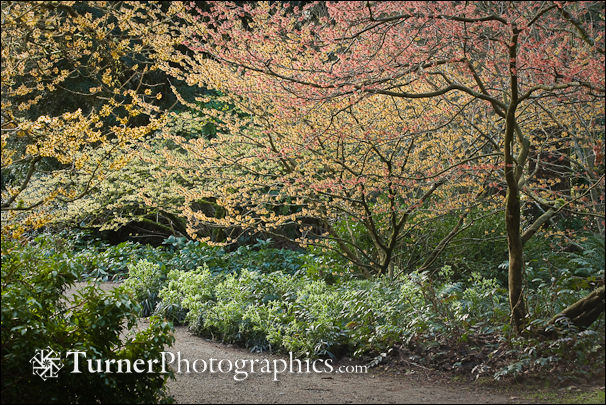
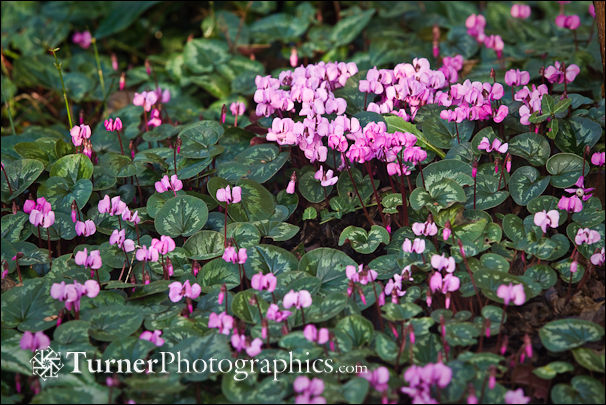
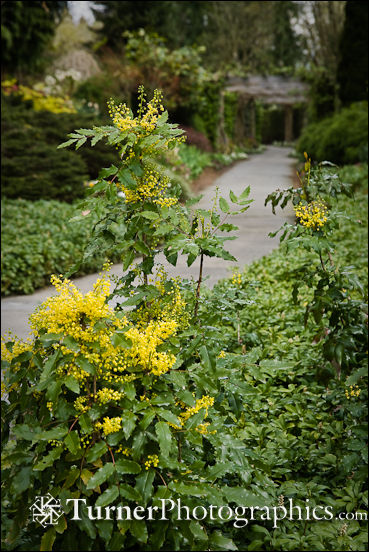 One of the first of our northwest native shrubs to bloom is Tall Oregon Grape, Mahonia aquifolium. It also goes by the name Shining Oregon Grape because its foliage is a bright glossy green.
One of the first of our northwest native shrubs to bloom is Tall Oregon Grape, Mahonia aquifolium. It also goes by the name Shining Oregon Grape because its foliage is a bright glossy green. 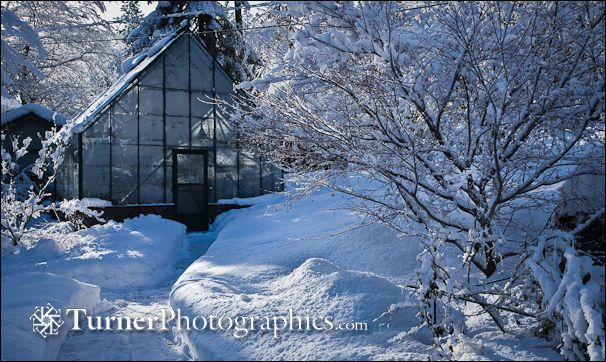
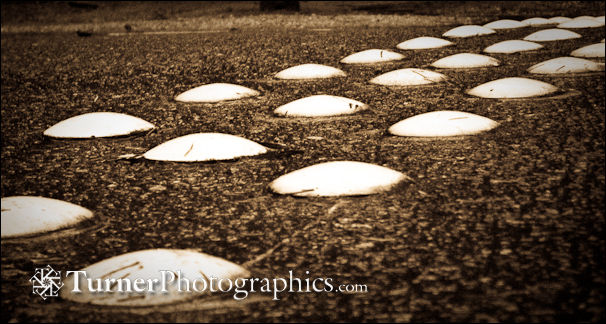

 Just a block up the street from us is the First Plymouth Congregational Church. This patch of heather has been part of their garden for about as long as we’ve been in Bellingham — 19 years. It’s come into full bloom in the last week or so and will continue to be in bloom for at least a couple of months.
Just a block up the street from us is the First Plymouth Congregational Church. This patch of heather has been part of their garden for about as long as we’ve been in Bellingham — 19 years. It’s come into full bloom in the last week or so and will continue to be in bloom for at least a couple of months.
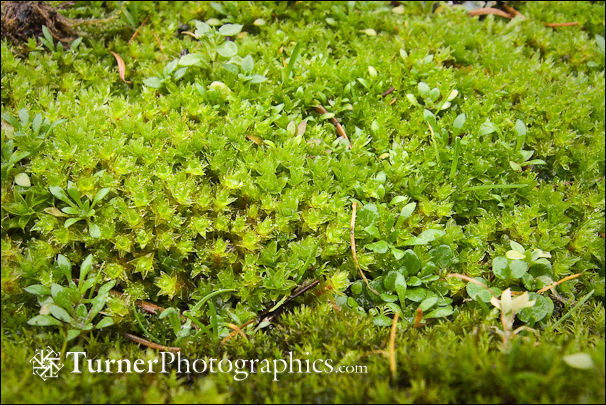
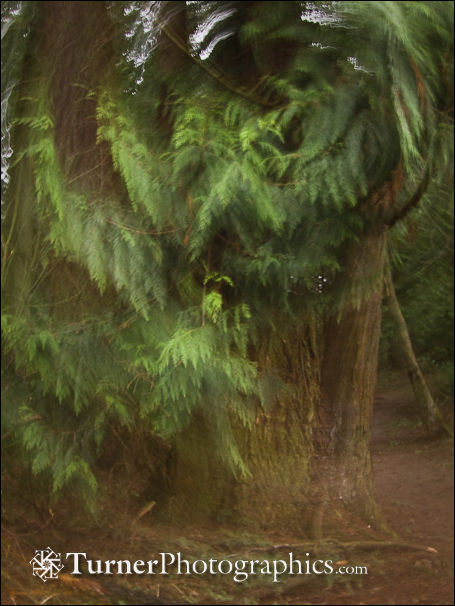 My favorite trail through the park has many old trees. They may not be true old-growth, but they’re certainly approaching it in size and majesty. Mostly they’re Douglas-firs and Western Red-cedars. This one is a cedar.
My favorite trail through the park has many old trees. They may not be true old-growth, but they’re certainly approaching it in size and majesty. Mostly they’re Douglas-firs and Western Red-cedars. This one is a cedar.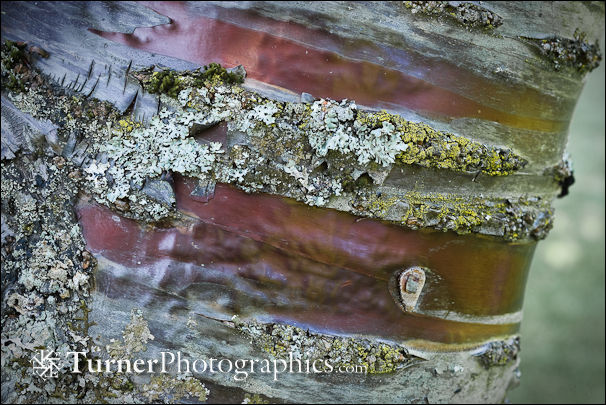
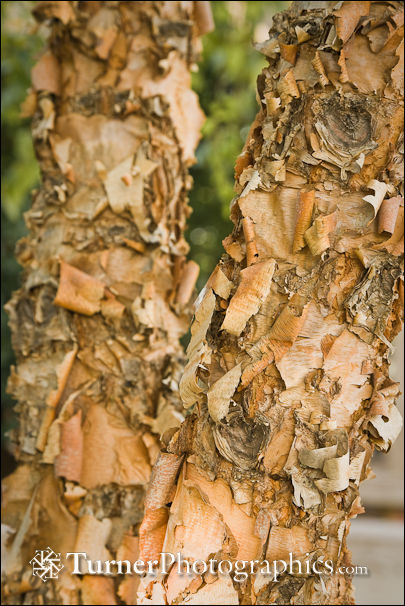 Some of the most interesting bark peels dramatically, like this river birch (Betula nigra) growing in the garden at Oklahoma State University in Oklahoma City.
Some of the most interesting bark peels dramatically, like this river birch (Betula nigra) growing in the garden at Oklahoma State University in Oklahoma City. Trees with interesting bark aren’t just limited to North American natives. This Tasmanian Snowgum (Eucalyptus coccifera), was planted as a dramatic ornamental in the alpine garden at the
Trees with interesting bark aren’t just limited to North American natives. This Tasmanian Snowgum (Eucalyptus coccifera), was planted as a dramatic ornamental in the alpine garden at the 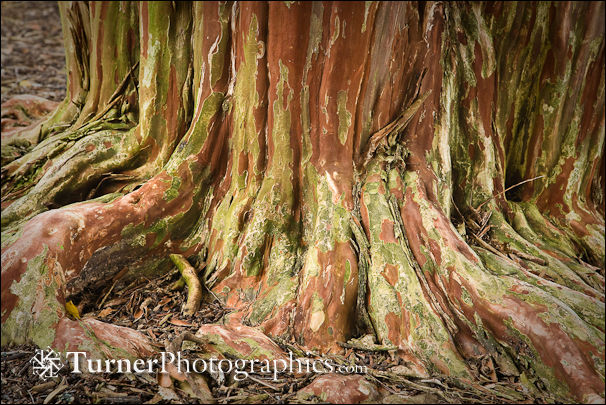
 Here in the Northwest one of my favorite trees for winter bark is the Madrona, sometimes called Madrone, or Arbutus menziesii. This one was photographed on a rainy day on Pass Island at Deception Pass State Park in early March. The soft light and the rain really enhance the color of the bark and the wood where it’s peeled away.
Here in the Northwest one of my favorite trees for winter bark is the Madrona, sometimes called Madrone, or Arbutus menziesii. This one was photographed on a rainy day on Pass Island at Deception Pass State Park in early March. The soft light and the rain really enhance the color of the bark and the wood where it’s peeled away.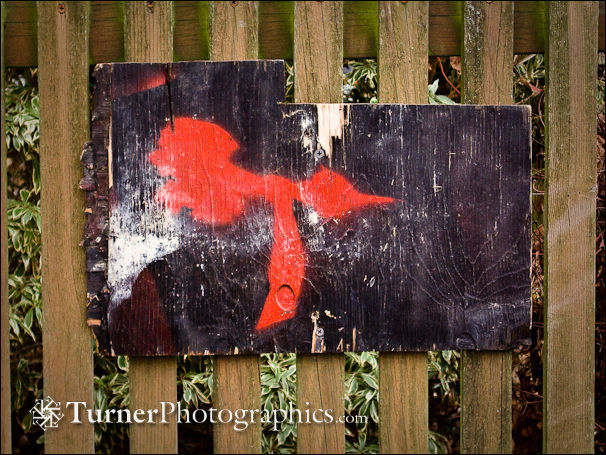
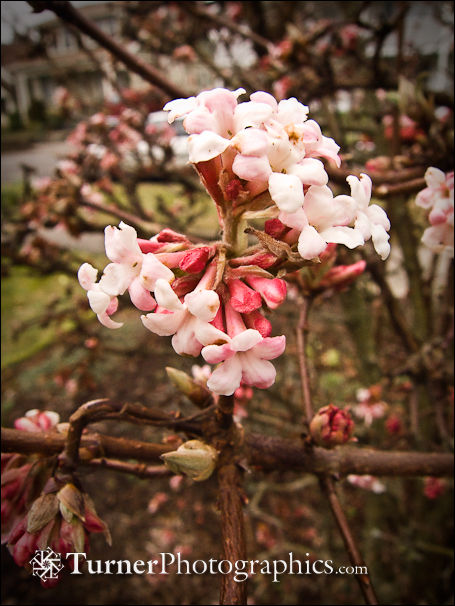 This being the mild Pacific Northwest we gardeners sometimes joke that spring begins on New Year’s Day. We try to have something blooming in our garden year-around and today is no exception. What’s blooming in your garden today?
This being the mild Pacific Northwest we gardeners sometimes joke that spring begins on New Year’s Day. We try to have something blooming in our garden year-around and today is no exception. What’s blooming in your garden today? We’ve got a nice patch of Hellebores growing under the Dawn Viburnum. They haven’t started blooming yet, but the flower buds are swelling. Depending on how warm January turns out to be, they could be starting to open before the month is over.
We’ve got a nice patch of Hellebores growing under the Dawn Viburnum. They haven’t started blooming yet, but the flower buds are swelling. Depending on how warm January turns out to be, they could be starting to open before the month is over.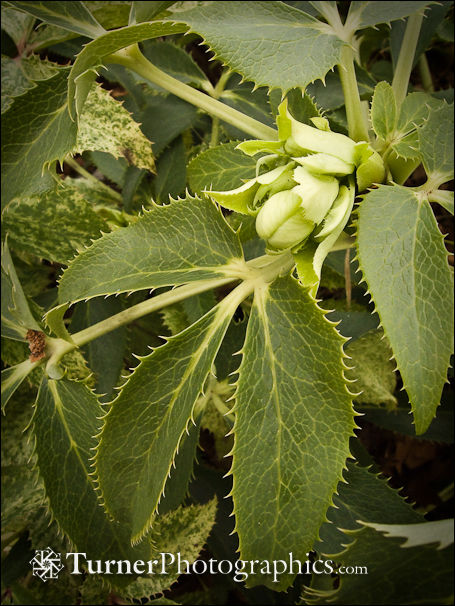 Over on the other side of our front yard garden, nestled close by the Korean Fir that serves as our Christmas tree, is a big clump of Corsican Hellebores, Helleborus argutifolius.
Over on the other side of our front yard garden, nestled close by the Korean Fir that serves as our Christmas tree, is a big clump of Corsican Hellebores, Helleborus argutifolius.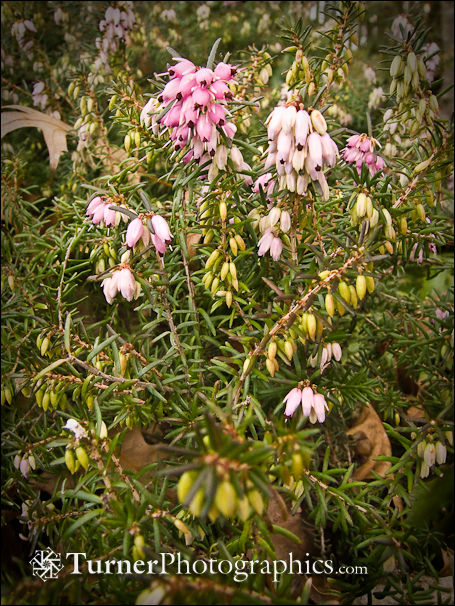 We have several varieties of Heather scattered around our garden. This one I think is ‘Sherwood’s Early Red.’ Like many other plants we started with just a little start years ago and have divided it as it grew. Now we have it several places in the garden and have shared pieces with Natalie’s mother for her garden, too.
We have several varieties of Heather scattered around our garden. This one I think is ‘Sherwood’s Early Red.’ Like many other plants we started with just a little start years ago and have divided it as it grew. Now we have it several places in the garden and have shared pieces with Natalie’s mother for her garden, too.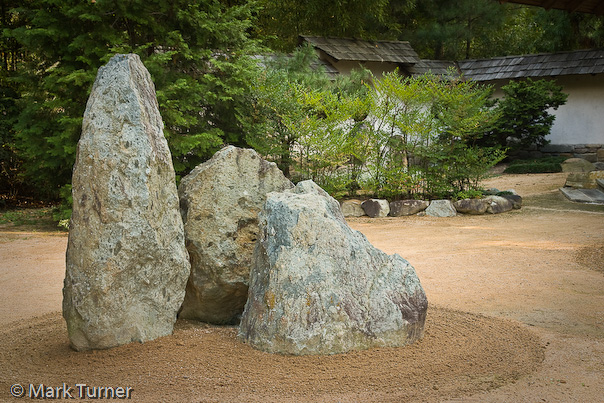
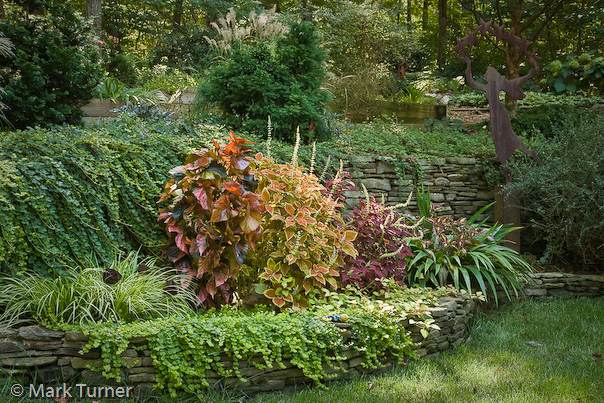
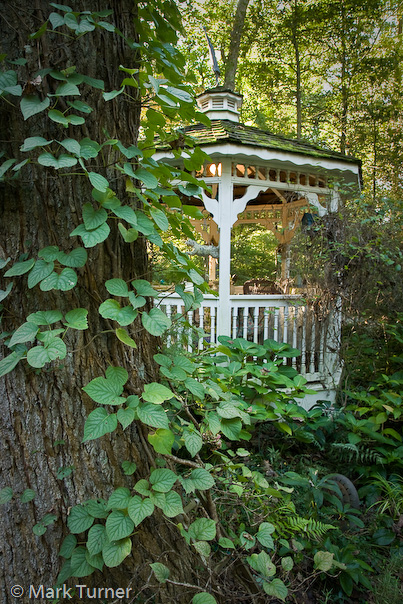 This woodland gazebo is in the front yard of Jean Mitchell’s home in Carey. They’ve been in their home since the early 1960s and have gardened since their kids grew up. Now nearly 80, Jean still has a playful attitude toward gardening. There’s a trail (one of many) with a sign that says “Diamondback Trail.” Along it Jean has painted some large tree roots to look like colorful snakes.
This woodland gazebo is in the front yard of Jean Mitchell’s home in Carey. They’ve been in their home since the early 1960s and have gardened since their kids grew up. Now nearly 80, Jean still has a playful attitude toward gardening. There’s a trail (one of many) with a sign that says “Diamondback Trail.” Along it Jean has painted some large tree roots to look like colorful snakes.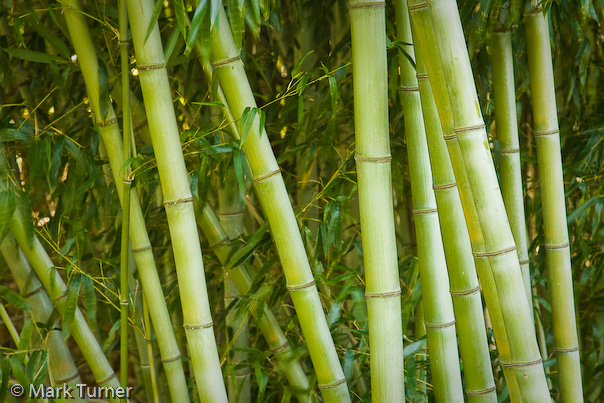
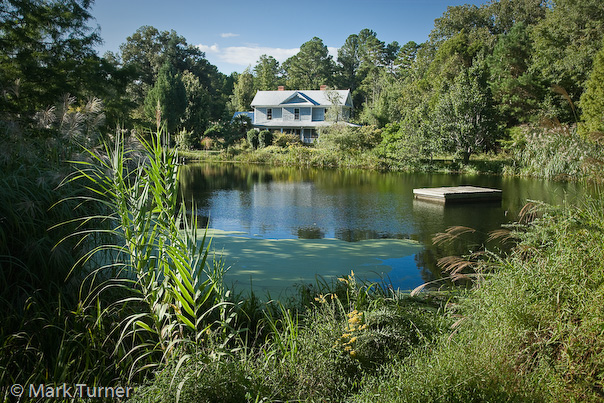
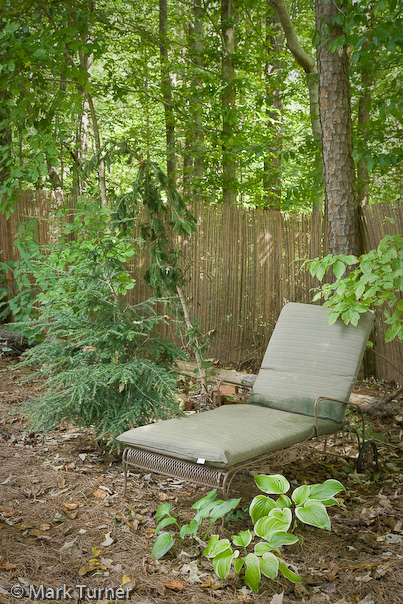 Those of us who live in the Pacific Northwest would never think to put the chaise lounge in a shady woodland border. But when you live in hot and humid North Carolina it makes perfect sense to create a hideaway in the shade where you can catch the breezes and relax away from the sun.
Those of us who live in the Pacific Northwest would never think to put the chaise lounge in a shady woodland border. But when you live in hot and humid North Carolina it makes perfect sense to create a hideaway in the shade where you can catch the breezes and relax away from the sun.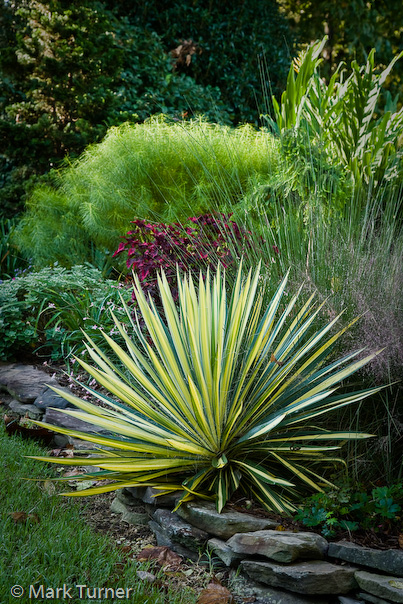 A little of this and a little of that could describe Jeanne Andrus’ generous garden in a gated community in Raleigh. She grew up on the property and said she used to fly kites as a kid in the meadow where her home now stands. It’s changed a lot since then, including an ever-expanding garden that surrounds the house. Jeanne started gardening when her kids grew up and hasn’t stopped since.
A little of this and a little of that could describe Jeanne Andrus’ generous garden in a gated community in Raleigh. She grew up on the property and said she used to fly kites as a kid in the meadow where her home now stands. It’s changed a lot since then, including an ever-expanding garden that surrounds the house. Jeanne started gardening when her kids grew up and hasn’t stopped since.